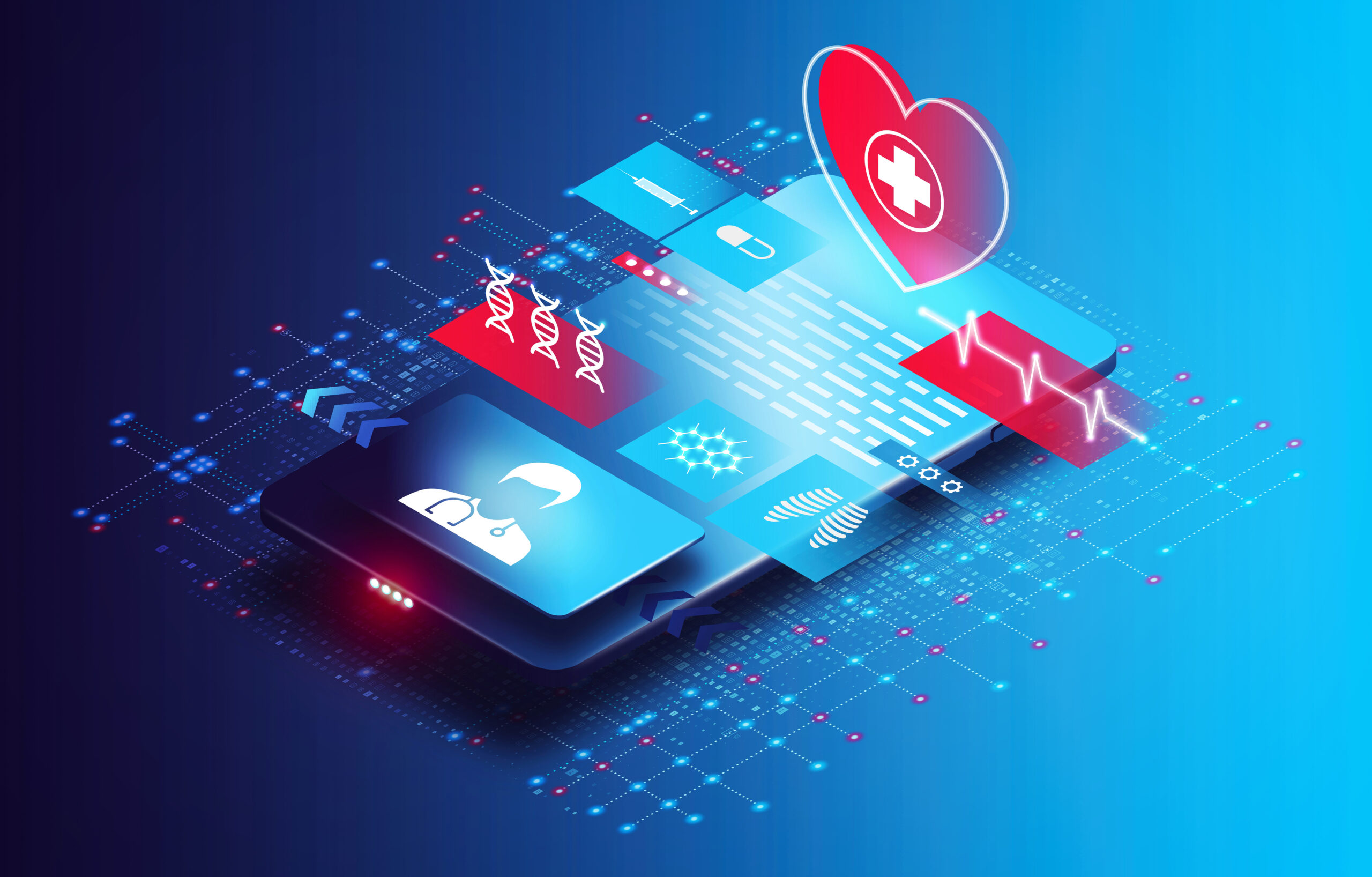Long gone are the days when patient access is the all-in-one key to staying ahead in healthtech. What are the interoperability objectives for EHR integration systems in healthcare today?
Several things motivate and guide hospitals, systems, technology companies, and other care providers regarding EHR interoperability including the need to:
- Comply with government and agency laws and rules
- Meet customer wants and demands
- Prepare for waves of new data from wearables and the Internet of Medical Things (IoMT)
- Establish productive partnerships that expand market opportunities
- Achieve the highest defined levels of integration success
- Sometimes, to make healthcare better and more accessible
Electronic Medical Record Laws and Rules

We’ve seen a long evolution from early EHR development to recognizing the need for interoperability to seeing laws with enough teeth to make it happen. Over time government mandates have also become more technology-specific, leading to the final rules of the Cares Act specifically mandating that payers and other organizations adopt specific FHIR-based interfaces to talk to each other and share data directly with patients.
Consumer and Provider Demands
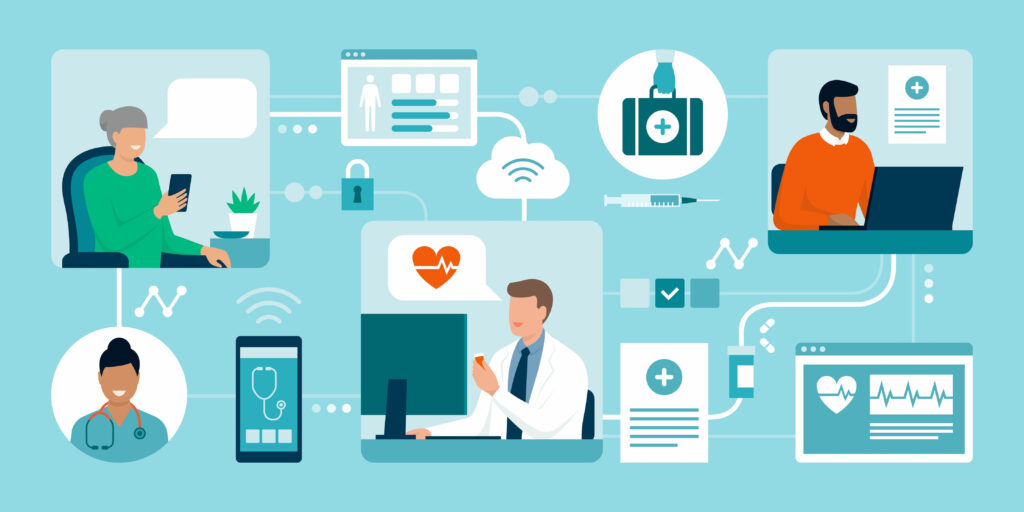
People today shop for healthcare like they shop for cars or shoes. What’s the best treatment? Which doctors and providers have a strong reputation? How much will it cost?
This new world of empowered consumerism in healthcare demands more patient access to their health records and control over their health journey. They expect providers to let them easily schedule their appointments online, get updated test results and care information, and manage accurate claims and payments.
Without interoperability among all clinical, administrative, and financial systems, this vision fails. If the patient’s front door is locked, hard to open, or only lets you squeeze through a narrow opening, consumers will find a better option.
Healthcare software vendors face similarly elevated expectations. If you’re delivering software hospitals and doctors depend on to deliver care and operate effectively, you must provide the connections to share data with their other systems, partners, and patients.
EHR Integration in Wearables and IoMT
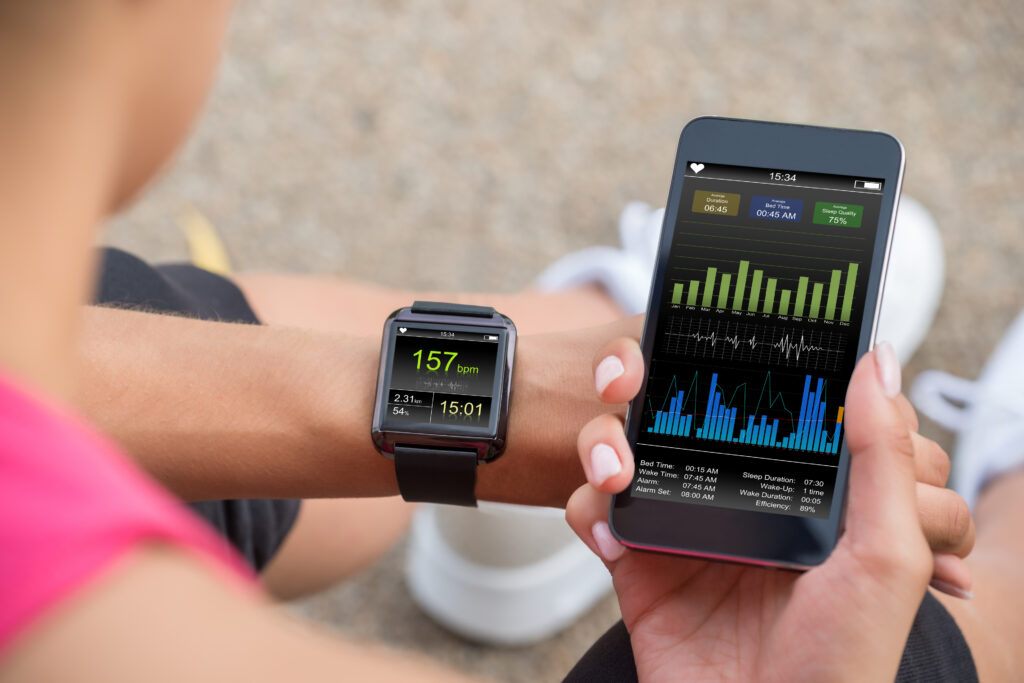
An important extension of consumerism: Wearable and other connected healthcare devices. Medical wearable devices have become much more sophisticated, affordable, and accessible, connecting people to healthier lives in ways we only dreamed of even five years ago.
Your watch, armband, or home monitor can collect accurate data for blood pressure, heart rate, glucose levels, EKGs, health activities, and more—and share that data with your doctor. Doctors and patients can collaborate to anticipate health events and adjust treatment courses based on live data.
But this huge new influx of valuable medical data also must integrate with EHRs and other healthcare systems. This will continue in healthcare, as we find more new ways to capture patient data that create additional needs for interoperability. AI and machine learning, as well as FHIR and SMART on FHIR, will help make meaning of and successfully integrate this data.
Building Population Health Partnerships and Networks
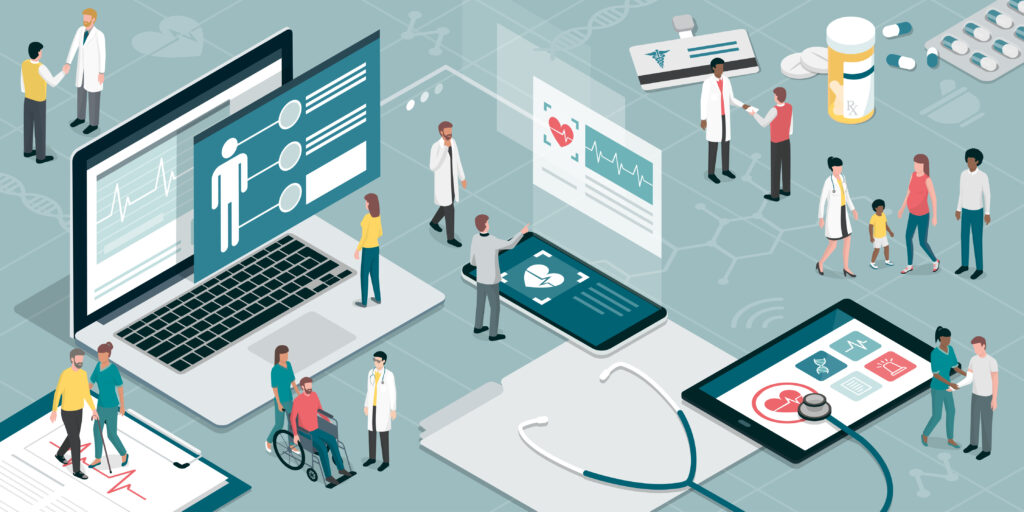
Providers increasingly collaborate with ACOs and extended healthcare networks to ensure that people get value-based care and the best experience at every stage of the patient journey. Population health goals also link the healthcare provider communities closer than ever. Some EHR vendors have taken note. Cerner, for example, offers FHIR-based, RESTful APIs to connect with its HealthIntent population health platform.
Meeting Industry Benchmarks of EHR Integration
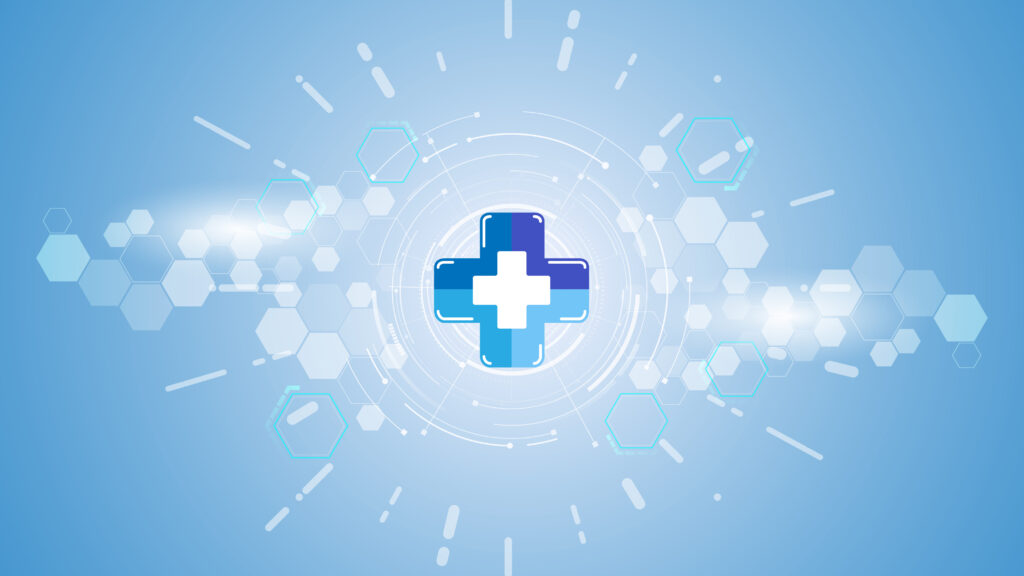
Whenever a new technology option emerges, organizations step in to define the best practices and measures for how to do it as well as it can be done.
The Healthcare Information and Management System Society (HIMSS) has set this bar for data exchange, outlining the four levels of interoperability:
- Level 1 – Foundational: Foundational interoperability connects HIT systems for secure data exchange.
- Level 2 – Structural: Structural interoperability defines the format, structure, and syntax of data exchange. This allows health information to move between systems without losing its clinical or operational meaning.
- Level 3 – Semantic: Semantic interoperability combines standardized data structures, value sets, and vocabulary to interpret data more easily. This improves healthcare quality, safety, and efficiency.
- Level 4 – Organizational: Organizational interoperability facilitates secure and timely data sharing through governance, policy, and organizational regulations.
Technology advances the first three levels, while process and governance define the organizational level of interoperability. Healthcare technology companies and providers seek to advance to the highest levels the industry has defined.

Improving Healthcare, Patient Care, & Patient Engagement with EHR Integration

It’s easy to forget just why healthcare began this complex, winding, continuing, decades-long journey to interoperability: Better care outcomes for patients. Yet we still see current articles like these telling us about the promise for interoperability to improve healthcare in the future.
Health Level 7 International (HL7) emerged in 1987 as a guiding light and influence for advancing healthcare interoperability with the mission to improve healthcare delivery and patient outcomes. Many providers and technology companies remain passionate about this promise of connecting accurate, updated patient and health data for every stakeholder in the patient journey.
But differing incentives and motivations among EHR vendors continue to complicate and sometimes slow the journey.
Spend your funding wisely with KMS Healthcare
Need help determining which focus areas to prioritize? KMS can support your healthcare organization with our dedicated team of experienced healthcare developers.

Click the image above to find out more about how KMS Healthcare can help you.

